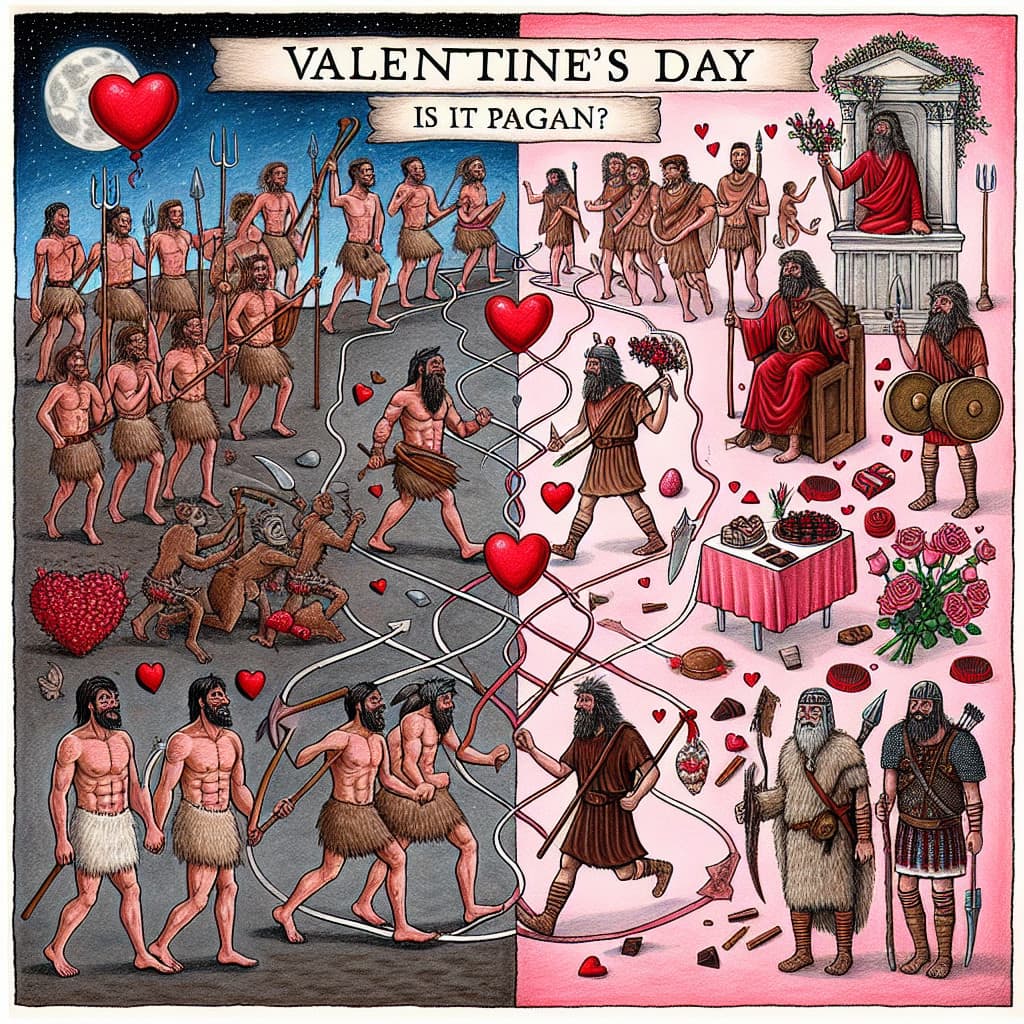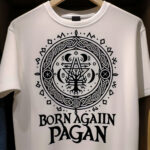Valentine’s Day is celebrated each year on February 14th, and has become a widely celebrated holiday around the world. While its origin is unknown, there has been much speculation that this day may have its roots in ancient pagan beliefs and traditions. In this article, we will explore the evidence to determine if Valentine’s Day is truly a pagan day.
Valentine’s Day has been celebrated for centuries and is widely recognized as a special day for expressing love. But is it really a pagan tradition? This article will explore the history of the holiday, its possible pagan origins, and how it has changed over the years.
History of Valentine’s Day
Valentine’s Day is celebrated on February 14th each year and is named after Saint Valentine, a Catholic priest who was martyred in 269 AD. It is believed that he was executed for performing secret marriages against the orders of Emperor Claudius II. In 496 AD Pope Gelasius I declared the day a feast day in honor of Saint Valentine.
The holiday has evolved over the centuries and is now celebrated in many countries around the world. It is a day to share cards, flowers, chocolates, and gifts with loved ones.
Possible Pagan Origins
The Roman holiday of Lupercalia was celebrated on February 15th and was seen as a fertility festival. Historians believe that this festival may have been the precursor to Valentine’s Day.
In some cultures, the holiday was seen as a celebration of the goddess Juno, who was the goddess of marriage and childbirth. It is believed that couples would exchange tokens of love on this day, such as love charms or garlands.
In ancient Rome, it was also believed that birds began to mate on February 14th, which is why the holiday came to be associated with love and romance.
How Has Valentine’s Day Changed Over the Years?
Valentine’s Day has changed over the years, with the most significant change being the introduction of cards and gifts.
In the Middle Ages, people believed that birds began to mate on February 14th and this inspired the sending of “love letters” or “valentines”. The tradition of sending cards was popularized in the 18th century, with handmade cards becoming popular in the 19th century.
In the 20th century, mass-produced cards became popular, and gifts such as chocolates and flowers also became associated with the holiday. Today, Valentine’s Day is celebrated in many countries around the world, with people exchanging cards and gifts as a way of expressing their love.
Conclusion
Valentine’s Day is celebrated each year on February 14th and is a day to express love and affection. It is believed to have originated from the Roman holiday of Lupercalia and possibly from older pagan traditions. Over the centuries, the holiday has evolved, with cards and gifts becoming increasingly popular. Despite its possible pagan origins, Valentine’s Day is now celebrated by people of all faiths around the world.
Valentine’s Day has been celebrated for centuries and its origins are complex. Some believe it is a Christian holiday, while others believe it is a pagan holiday. Ultimately, it is up to the individual to decide how they want to celebrate Valentine’s Day. Whether it is a day to express love and appreciation for someone or to simply enjoy the day, Valentine’s Day is an important part of our culture and should be celebrated in whatever way makes us happiest. No matter what its origin, Valentine’s Day is a day to celebrate love, friendship, and appreciation for those around us.





